Quandong Tree
$5.99
Santalum Acuminatum
- Seed Count 3
- Drought Tolerant Fruit Tree
- Use in Jams and Chutney
In stock
Description
The Quandong tree is an attractive, moderately vigorous shrub to small tree with slender, pale green leathery leaves and fragrant cream coloured small flowers, followed by red waxy fruit the size of a large Macadamia nut. The fruit has a tangy taste that’s a combination of sweet and tart; which can be eaten fresh, stewed or dried, or used in jams and chutneys. The vitamin C rich fruit is harvested between August and December..
It is visually stunning tree that is perfect for bush food gardens and ornamental use. Once the fruit has been eaten the seeds are useful for craft projects such as jewelry making, beading, macrame and toy making.
The tree, a member of the sandalwood family, grows in arid and semi-arid areas of all mainland states and are very hardy, thriving in tough conditions, needing little water once established. The Quandong is a semi-parasitic plant that often uses the root systems of a host plant to access water and nutrients. The plant attaches to other species, in a nondestructive way, sustaining itself by their provision of nitrogen, shade, and water. Suitable host species include acacias, perennial native grasses, shrubs and trees.
Breaking Dormancy
Quandong seeds have an extremely hard outer shell.
To improve germination, try one of these methods
- Crack the shell using a bench vice to slowly compress the seed until it cracks, exposing the kernel.
- Soak seeds in water for 24 hours, then place in sunlight on moist potting mix.
- Use a hacksaw to carefully cut through the shell until the white embryo is visible.
Germination
Germination Medium:
- Place seeds in a sealed plastic bag with sterile, moist vermiculite, perlite, or peat moss.
- Maintain a temperature of 17–22°C.
Germination Timeline:
- Cracked seeds will germinate in 3–8 weeks.
- Untreated seeds may take 1–2 years.
Alternative Method – Germinating Pit:
- Create a pit filled with leaf litter from nitrogen fixing plants (e.g., acacias or sheoaks).
- Keep damp and dark with wet newspaper and shade cloth.
- Composting worms can help prevent mould.
Seedling Care
Host Plant Requirement:
- Quandongs are hemi parasitic and require a host plant for nutrients.
- Ideal hosts include:
- Legumes: Acacias, lucerne, or clover.
- Grasses: Native tussock grasses or couch grass.
Plant seedlings in the same pot as the host or directly near established hosts (1–2 meters from roots).
Potting Mix:
- Use low phosphate, well draining soil such as sand, perlite, or peat moss.
- Avoid rich compost.
Deep pots are recommended for vigorous root growth.
Light & Water
- Provide full sun once established.
- Keep soil moist but not waterlogged during early growth.
Planting Out
Timing:
- Transplant seedlings when 15 – 30 cm tall in spring or autumn.
Site Selection:
- Choose well draining, sandy soil in arid or semi arid zones.
- Avoid frost prone areas.
- Ensure host plants are established 1 year prior.
Protection:
- Use tree guards for 2+ years to shield from wind, frost, and pests.
Long Term Care
Watering:
- Water sparingly once attached to a host.
- Mature trees are drought tolerant.
Fertilisation:
- Avoid high phosphorus fertilisers.
- Use slow release, low phosphate options if needed.
Pruning:
- Minimal pruning required.
- Remove dead branches to maintain airflow.
Pest & Disease Management:
- Fungal infections: Improve drainage and avoid overwatering.
- Pests: Monitor for scale insects and quandong moths. Use organic treatments like neem oil.
Harvesting
- Fruits ripen in spring.
- Harvest when bright red and glossy.
- Use fresh fruit for jams, chutneys, or dehydrate for storage.
Seed Saving
Collection Timing:
- Collect seeds from ripe fruits immediately after they drop.
- Delayed harvesting risks seed loss to wildlife.
Cleaning & Drying:
- Remove flesh from fruits and rinse seeds in a bleach-water solution (1:9 ratio) to sterilise.
- Air-dry seeds on a paper towel for 1–2 weeks in a shaded, ventilated area.
Storage:
- Store seeds in airtight containers with silica gel or raw rice to absorb moisture.
- Label containers with the collection date.
- Seeds remain viable for 3 – 5 years in cool, 5 – 10°C, dark conditions.
Postage Charge
Orders under $30 attract a $4.50 shipping charge. Orders $30 and above have free shipping.
Order Times
Seed orders are normally dispatched within three business days. You will receive an email when seeds are mailed out.
Postage Days
Seeds are mailed out Monday to Friday at 1pm. Except for the Friday of long weekends.
Postage Times
WA 2-3 Days: SA,NT 3-5 Days: NSW, ACT, QLD, VIC: 5-7 Days
Carrier
We use Australia Post Letter Postage for the majority of orders
Not only are our seeds packed in recycled paper envelopes, we keep the theme going when we post out website orders. To protect your seeds from moisture and the letter box munchers (snails), we use a very special plastic free material made from plants. They are then put into recycled mailing envelopes. Green all the way 💚🌿








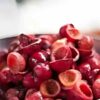

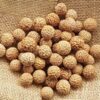
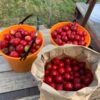
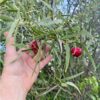
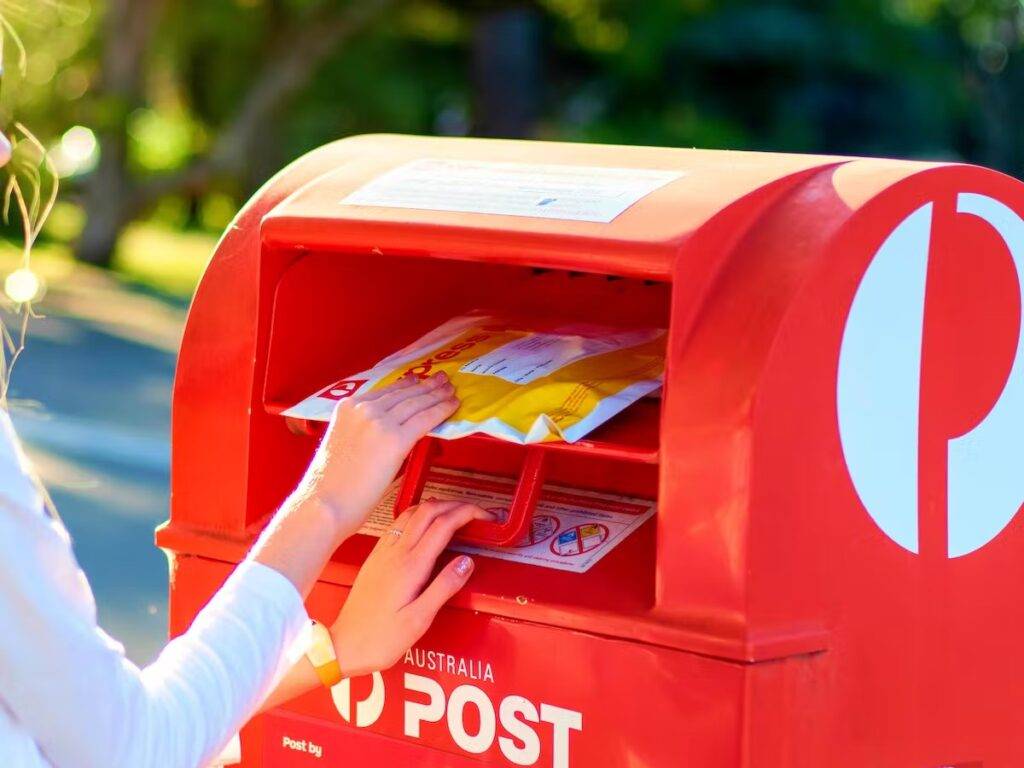

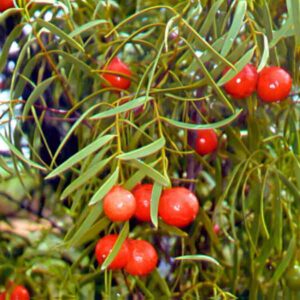
Reviews
There are no reviews yet